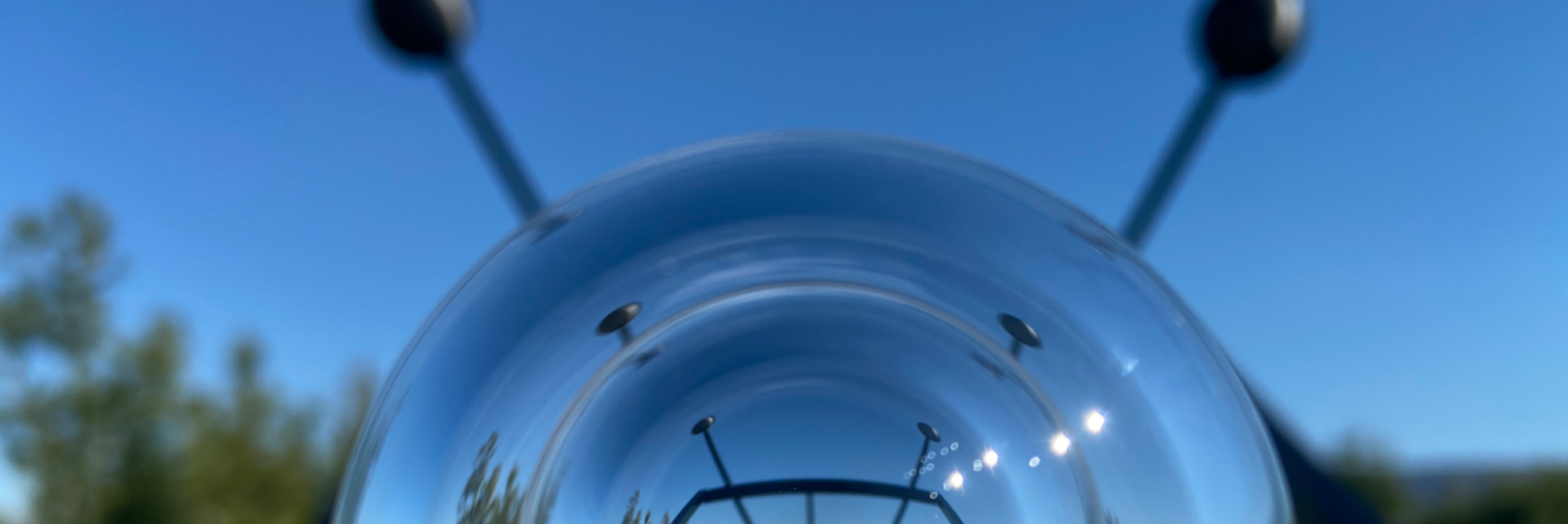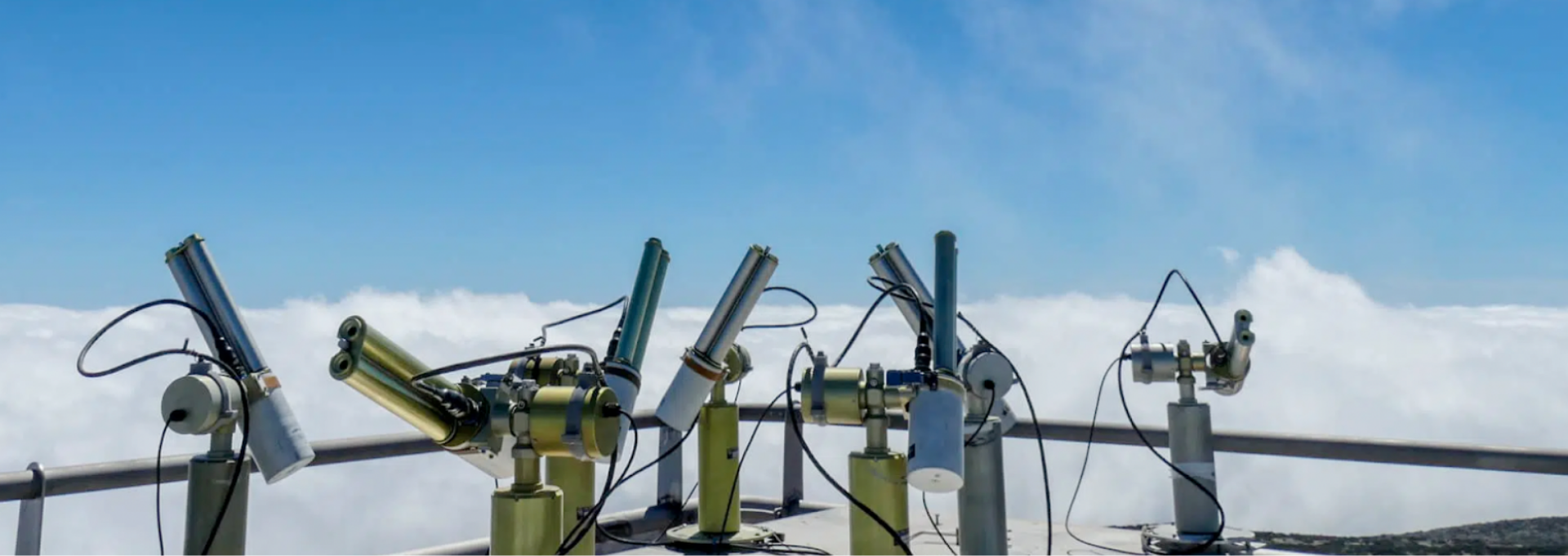International network for harmonisation of atmospheric aerosol retrievals from ground based photometers
Aerosols are particles floating in the Earth’s atmosphere linked with the largest uncertainty on estimates and interpretations of the Earth’s changing energy budget. Measurement principles differ depending on the desired derived aerosol optical parameter and on the measurement platform.


01
Objectives
The objective of the Action is to improve and homogenize aerosol retrievals by establishing a network of institutions, instrument developers, scientific and commercial end users.
02
Background
The common aerosol columnar properties’ retrieval techniques, consists of direct measurement of a bright source of radiation (sun, star, moon, sky) with multi-wavelength photometers.
Several global photometric aerosol networks exist, whiinstrumental, algorithm and hardware based differences on their related aerosol products and a global standardization is needed.
03
Work Plan
The work plan is structured into 5 Working Groups
And it will include short term scientific missions and workshops.
04
Vision
Establish a network involving institutions, instrument developers, scientific and commercial end users, in order to improve, homogenise and valorise aerosol retrievals, using mainly solar and sky but also lunar and star photometers from different networks
Meet the Working Groups
WG01
Homogenization
of established techniques
and existing tools
Establish a cooperation network towards knowledge exchange and create a scientific roadmap on worldwide homogenization of aerosol properties’ measurements including calibration, standard operation, quality assurance and control procedures and post processing
WG02
Improvement of
aerosol products
Improve the solar, lunar and stellar measurements and data quality. Exploit existing measurement experimental data for different aerosol environments. Breaking new grounds for aerosol retrieval techniques including calibration improvement (via S.I. traceable related standardization results), hardware and software improvement actions
WG03
End user engagement towards
maximizing aerosol
measurement use
Increase the applicability of the aerosol photometry products in the larger atmospheric and climate research community. Demonstrate the relevance of aerosol optical properties to various communities (satellite atmospheric composition, solar energy, aerosol forecasting and aviation). Identify new value- added products resulting from synergistic approaches. Create an assessment of current measurement uncertainties versus user needs and defining a road map towards future measurement improvements needed.
WG04
Industry engagement towards innovative hardware, software products
Establish a cooperation network towards knowledge exchange and create a scientific roadmap on worldwide homogenization of aerosol properties’ measurements including calibration, standard operation, quality assurance and control procedures and post processing
WG05
Project results dissemination
Establish a mechanism in order to: introduce to aerosol scientists and instrument users (inside and outside the HARMONIA consortium), the outcome of the homogenization, the SOPs and the new techniques and measurement improvements.



